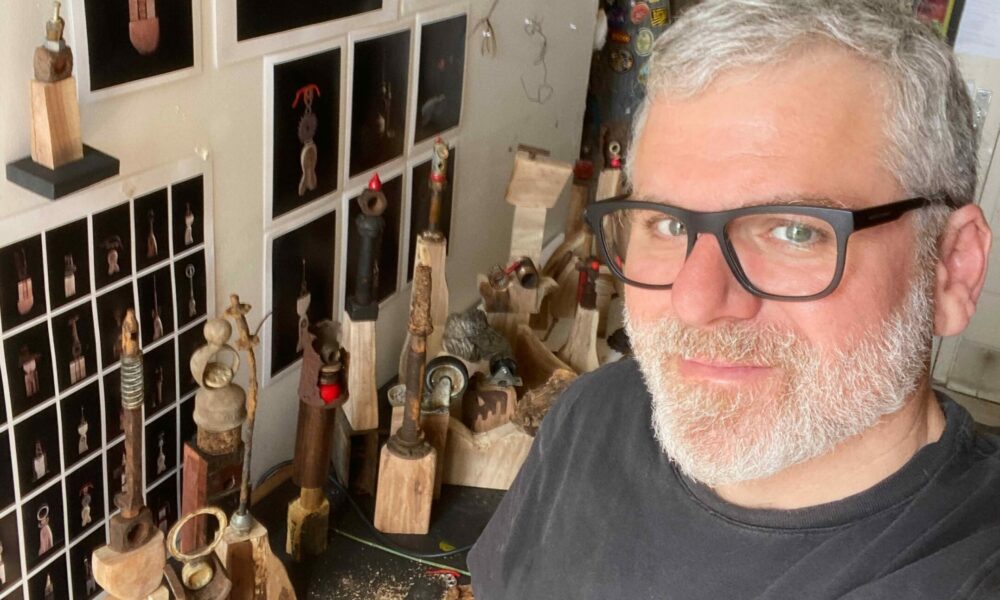

Today we’d like to introduce you to Jason Lord.
Hi Jason, thanks for sharing your story with us. To start, maybe you can tell our readers some of your backstories.
I’m an interdisciplinary artist and arts educator based in Durham–I’ve lived and worked in the Triangle since 1994 when I moved here from Vermont.
I’ve taught in constructivist and inquiry-based schools for most of my adult life, helping students to make connections among multiple learning areas and then choosing the best way to share their findings, whether as a stop-motion animation about water rights, an electronic music composition investigating fractals and other natural patterns, or a sculptural shrine celebrating community identities.
As I’ve developed my art practice over the years, I’ve noticed boundaries breaking down between visual art, music, performance, and writing as each area informs and elevates the others. Just as my work as an educator encourages the sharing of information in multiple modes, my art practice also embraces fluidity across media and disciplines.
Also, I’m a walker and a wanderer. Two years ago, I started walking every day for at least five miles, rain or shine, no excuses, and March tenth, 2022, will be my second anniversary. I’ll have walked close to fifty-six-hundred miles over seven-hundred thirty-one consecutive days. Daily walking has become a vital part of my art practice and everyday life and has helped me to slow my pace and engage with my city and its spaces.
Walking slows me to a human pace and provides opportunities for slow-looking and deep listening. Wandering without a prescribed path keeps things fresh and provides experiences and interactions I wouldn’t have otherwise.
Would you say it’s been a smooth road, and if not what are some of the biggest challenges you’ve faced along the way?
I don’t know if there’s a typical path to becoming an artist, but if there is, I didn’t take it.
When I moved to North Carolina, I pieced together many different jobs. I did session vocals, designed and painted theater sets, acted in plays, worked in food service, and taught music to pre-schoolers. I’d worked with kids throughout adolescence, so it made sense when I started teaching in schools, first music and theater, and then visual art.
I’d always considered myself a teacher first–when asked what medium I preferred, I would say “children”–and artist second. I’ve taken a break from full-time teaching and committed myself to my art practice in the last few years. It’s been really good for me.
Thanks – so what else should our readers know about your work and what you’re currently focused on?
I love working with different tools and processes, and the notion of wandering shows up in my studio practice as well as my walking habit.
I’ve always been a drawer and a maker, but a few years ago, I pursued more formal studio art education to expand my toolkit. I’ve been working in sculpture, assemblage, sound, animation, and video–sometimes artwork comes out of playing with materials, like an upcoming drawing exhibit at Horse & Buggy Press in Durham.
Sometimes, I may have an idea in mind and need to experiment at other times. How do you capture the fleeting essence of a summer day stroll? At times, it might be through photography and stop motion animation, and other times it may best be depicted through an electronic music composition or a mobile.
At the root of my studio and teaching practices is an interest in dissecting complexities down to their simpler components to understand them better, whether we’re observing systems like the human body, government, and economic frameworks or investigating human behaviors and sociological phenomena. Museum and art educators sometimes use a practice called slow looking when they encourage students to engage with a piece of artwork, and the inquiry often starts with the question “what do you see,” and expands from there.
When we engage in slow looking, we can see and understand how something like a stapler or shoebox was engineered. As we observe each component’s role and investigate how the parts interact, we start to see how and where other systems work or where they begin to break down. Looking at things through the lens of systems can help us avoid dualistic thinking and gain a better understanding.
So, in my art practice, I use various media and approaches to assemble, combine, loop, deconstruct, layer, and recombine multiple components to create new images, objects, and experiences.
So maybe we end on discussing what matters most to you and why?
My most important pursuit is compassion.
Working in schools is richly rewarding, wild, and exhausting. There aren’t enough resources, and you have to choose your battles. After twenty-something years working with adolescents, I’ve been able to boil down what is necessary and not necessary for kids to learn.
In the end, I want them to feel seen and heard. I want people to experience compassion by being witnessed and, by doing so, learn how to practice compassion for others. I mean genuine empathy, not “being nice,’ which is too often not rooted in true compassion.
The work I’ve been making for the past few months, on view at LUMP Gallery in Raleigh from March 4th through April 10th, is an installation of sound and sculptures about compassion and tenderness.
Contact Info:
- Email: [email protected]
- Website: https://taftterrace.org/
- Instagram: https://www.instagram.com/earlnc/?hl=en
- Youtube: https://www.youtube.com/channel/UCXYQk1i-cS-zRvmt0cLlkdg
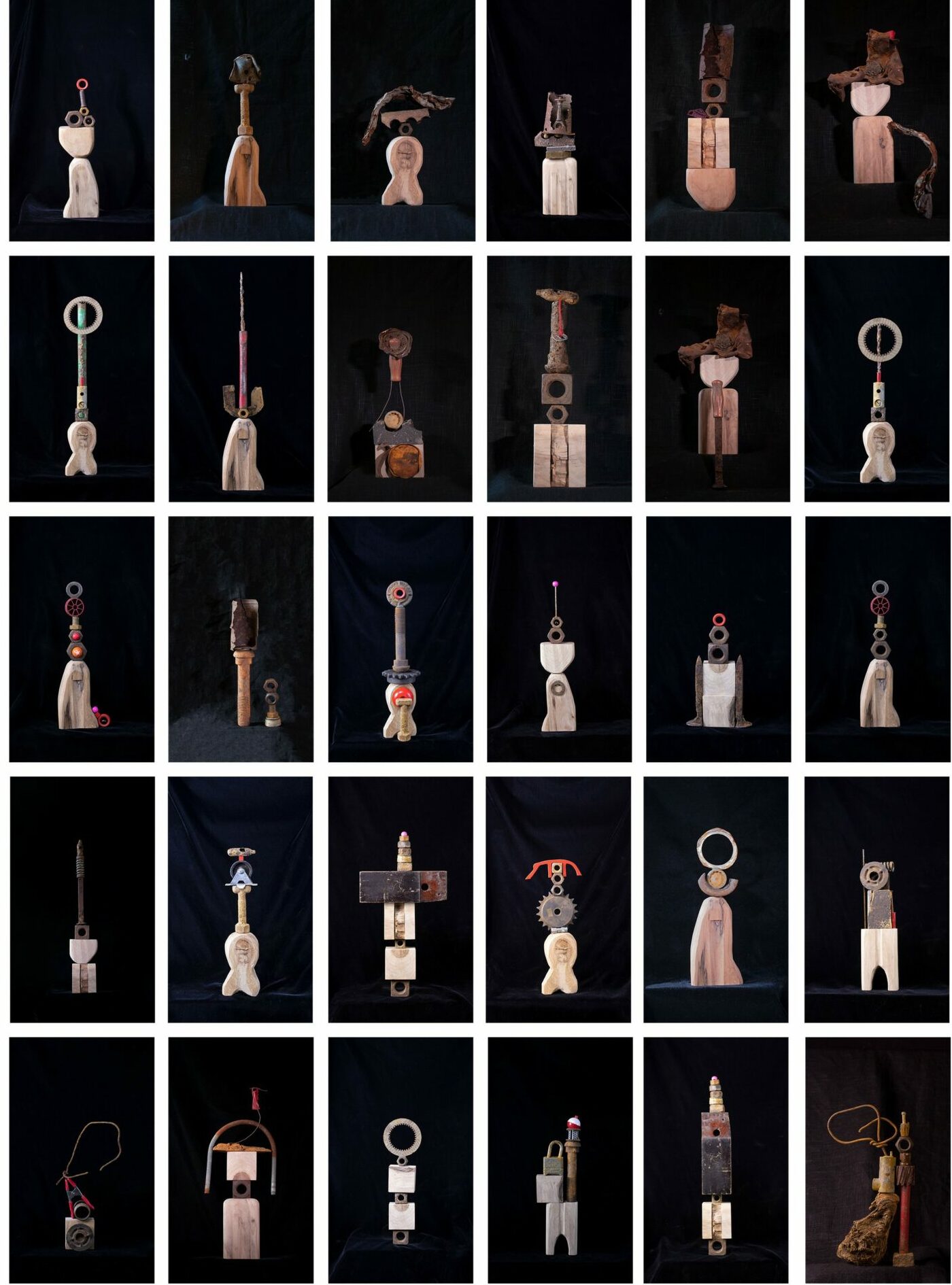
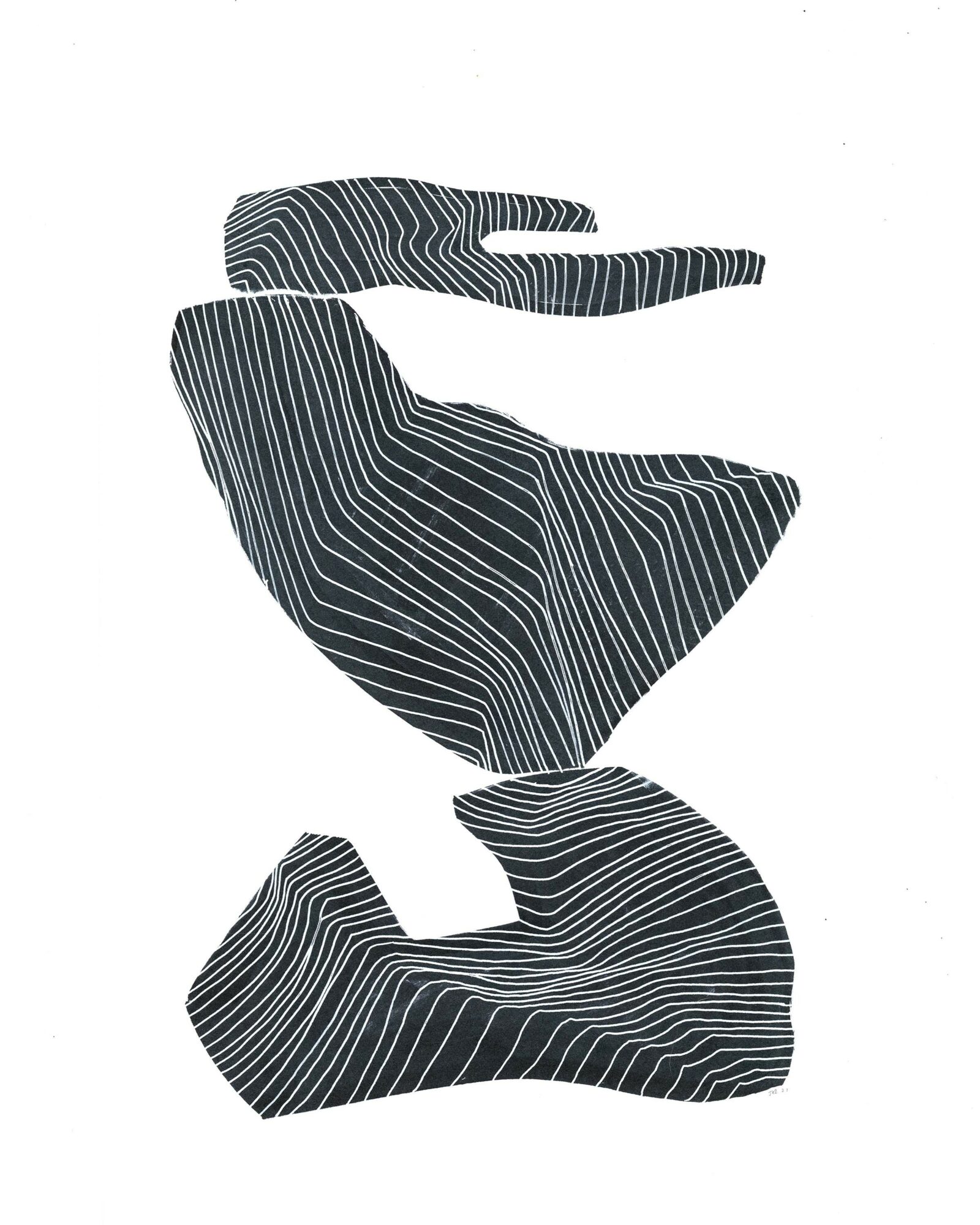

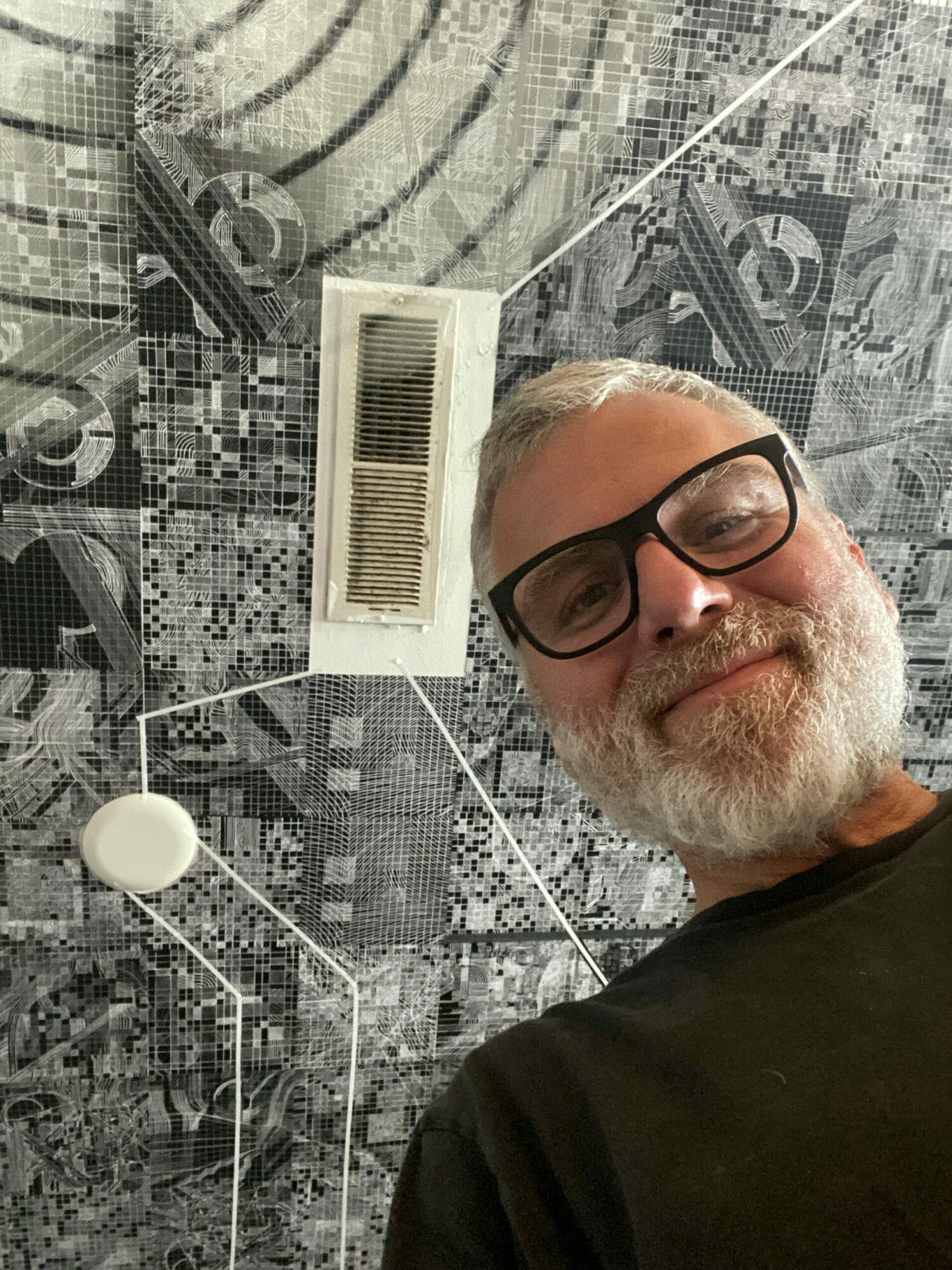
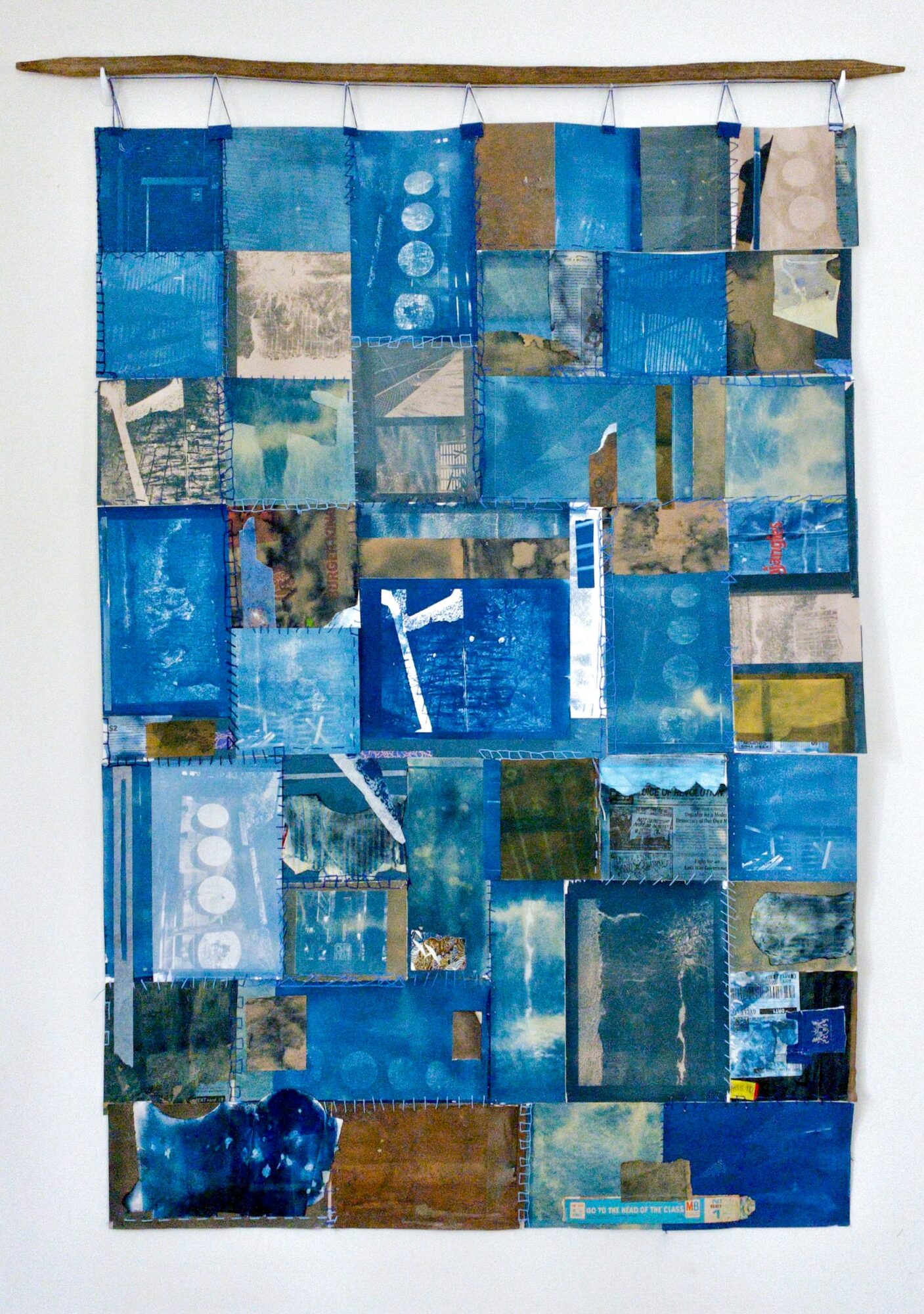
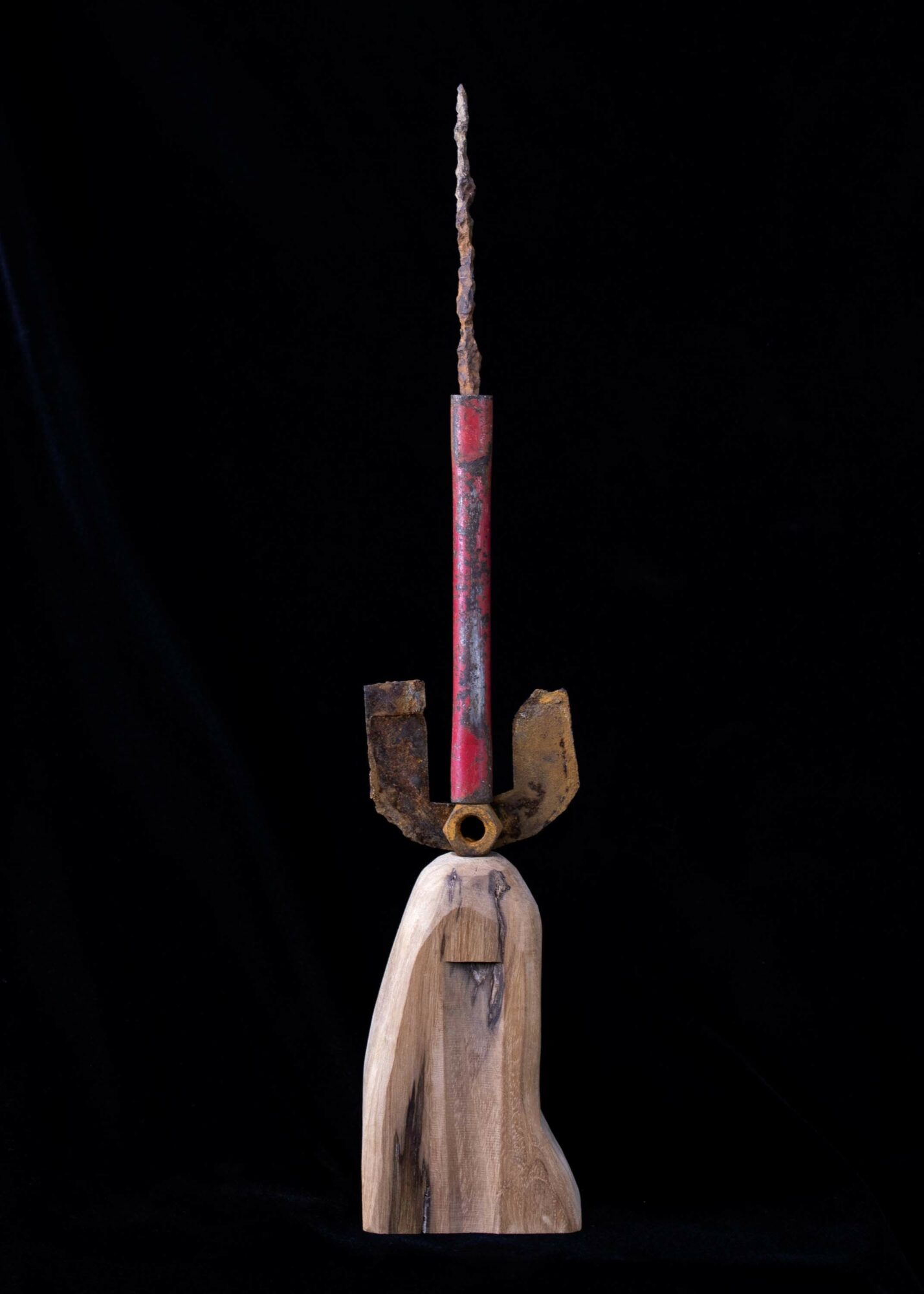

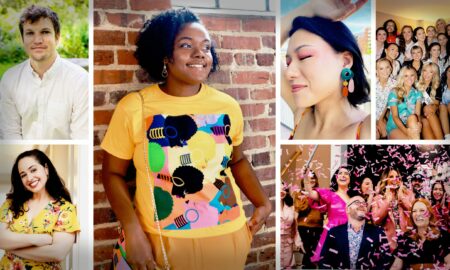

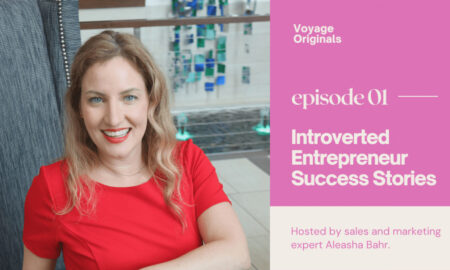








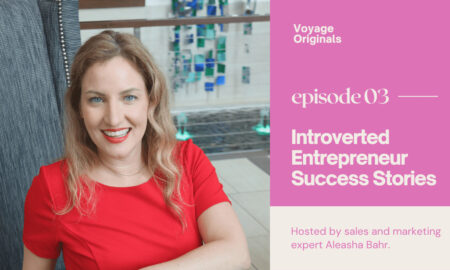
Greg Lambert
March 13, 2022 at 3:21 am
Jason….. You are truly an inspiration and an incredible man. I am proud to have grown up knowing you and your incredible family my whole life. Keep up the great work and keep being you. The world needs a lot more Jason Lords.
Jason Lord
May 2, 2022 at 3:26 am
Thank you, Greg–I hold you in high regard as well. I appreciate your kind words!